Sweet Sauternes: France’s forgotten wine gets a reputational makeover
Saskia de Rothschild is on a mission to revive the popularity of Sauternes white wine, with Rieussec, produced and packaged with a fresh, more sustainable approach

Sauternes, for those who even know what it is, has developed a bit of an unfavourable reputation in recent years. A sweet white wine made in the Bordeaux region of the same name, Sauternes was once a highly prized indulgence, but today it is rarely served outside of end-of-year celebrations or perhaps alongside the occasional foie gras.
Yet there is a revolution brewing in Bordeaux; one aimed at upending the tired reputation of Sauternes and restoring it to its place as a wine du jour. It’s a coup led by Saskia de Rothschild, the sixth generation leader of Domaines Barons de Rothschild (Lafite) wine group, which produces some of the most esteemed wine in the world and spans multiple Bordeaux estates, as well as wineries in China, Argentina, and Chile.

Saskia de Rothschild in the vineyards of Château Rieussec.
De Rothschild has spent her lifetime learning the ins and outs of her family’s vineyards, and since assuming the role of Lafite chairwoman she has steered the company towards a more sustainable agriculture. Château Rieussec, the estate on which she is growing her new take on Sauternes, is a continuation of her ecological project.
‘The time had come for Rieussec to reinvent itself, so that the vineyard, wine and bottle all share the same commitment to sustainable development, from agriculture that is more respectful of the environment through to the preservation of natural resources provided by our new packaging,' explains de Rothschild. ‘Devising an original bottle, one that you want to keep when it’s finished, is part of this same philosophy.’
Rieussec’s innovation
The bottle is made of 95 per cent recycled glass and emblazoned with a simple, graphic crown that gives the wine a distinctly modern edge. Most impressive is the bottle’s replaceable cork closure; created by Swiss design studio Big-Game (which has worked with the likes of Hay, Alessi, and Muuto), it makes it possible for the wine to keep in the fridge for several weeks after it is opened.

Rieussec wine, in its 95 per cent recycled glass bottle with a replaceable cork designed by Big-Game.
When it comes to what is inside the bottle, Rieussec does not disappoint. Because of Sauternes’ unique climate, it is one of the few regions in the world where ‘noble rot’ (a moulding of the grapes that gives it a distinct, honeyed flavour) can happen frequently. It also means that each harvest of the Rieussec grapes has its own distinct flavour.
‘Each vintage is totally different depending on what nature, the climate and the action of noble rot want to give us,’ says estate director Jean de Roquefeuil. ‘And even more so since we are undergoing conversion to a more responsible form of agriculture.’
Receive our daily digest of inspiration, escapism and design stories from around the world direct to your inbox.
Rieussec is certainly an interesting experiment in wine-making. Whether this reimagining of Sauternes will catch on remains to be seen, but we’ll have our glassware sets at the ready to toast it.
INFORMATION
Mary Cleary is a writer based in London and New York. Previously beauty & grooming editor at Wallpaper*, she is now a contributing editor, alongside writing for various publications on all aspects of culture.
-
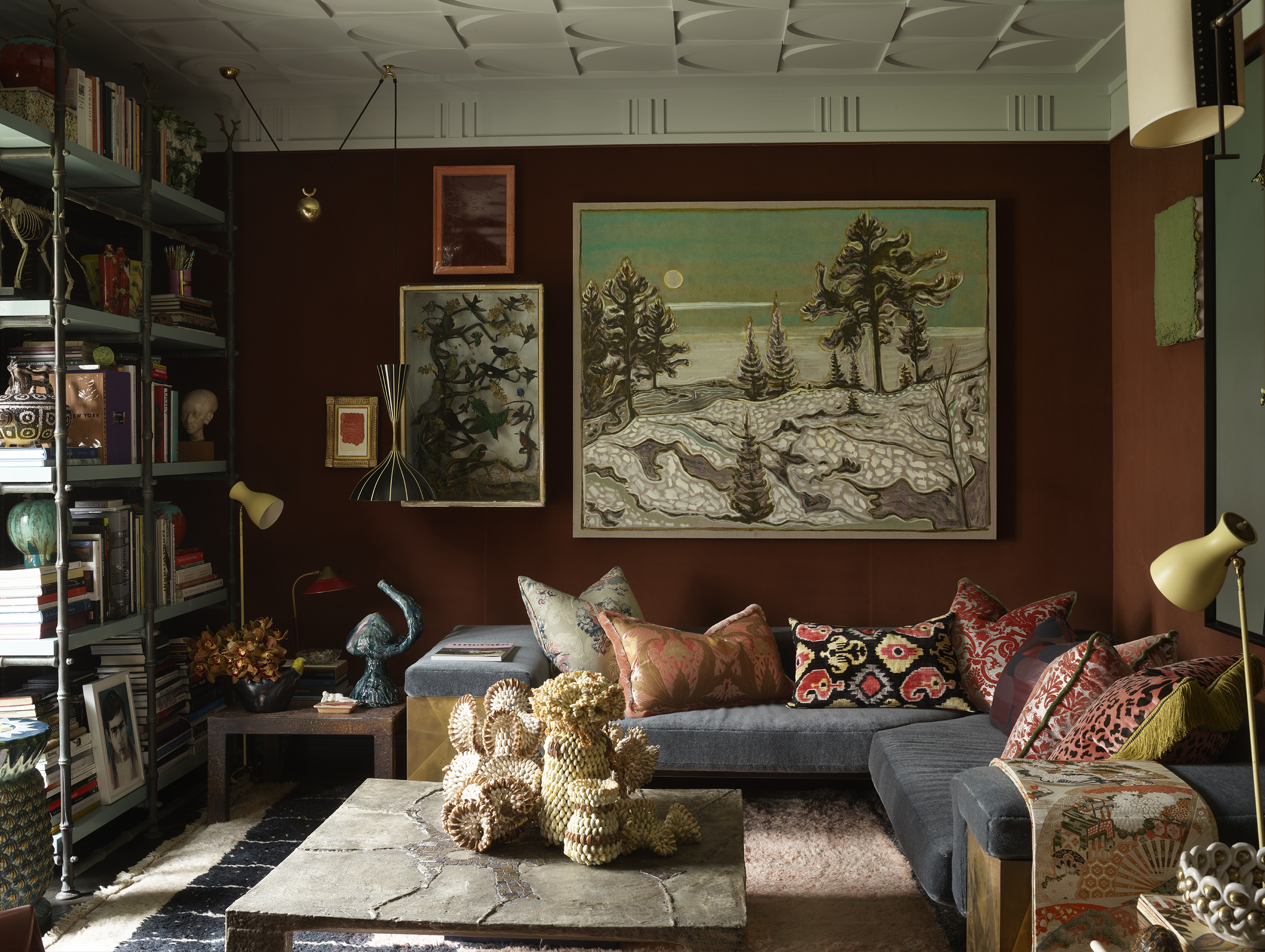 This designer’s Shoreditch apartment is ‘part grotto, part cabinet of curiosities’
This designer’s Shoreditch apartment is ‘part grotto, part cabinet of curiosities’The apartment serves as Hubert Zandberg’s ‘home away from home’, as well as a creative laboratory for his design practice. The result is a layered, eclectic interior infused with his personality
-
 Curvilinear futurism meets subtropical beaches at Not A Hotel’s ZHA-designed Okinawa retreat
Curvilinear futurism meets subtropical beaches at Not A Hotel’s ZHA-designed Okinawa retreatZaha Hadid Architects has revealed the design for the first property in Not A Hotel’s futuristic new Vertex collection, coming soon to southern Japan
-
 Gorden Wagener leaves the helm of Mercedes-Benz design after 28 years with the company
Gorden Wagener leaves the helm of Mercedes-Benz design after 28 years with the companyThe German designer is stepping down from the role of chief design officer at Mercedes-Benz. We look back at his influence and impact on the world of automotive and luxury design
-
 How to build a home wine cellar
How to build a home wine cellarOur resident drinks writer takes us through his own experiences on building the dream wine cellar at home including his favourite wines to stock up on now
-
 Inside Domaine Evremond, the UK’s first subterranean winery
Inside Domaine Evremond, the UK’s first subterranean winery‘Sparkling wine should be fun.’ We tour Domaine Evremond in Kent, a winery steeped in the English countryside
-
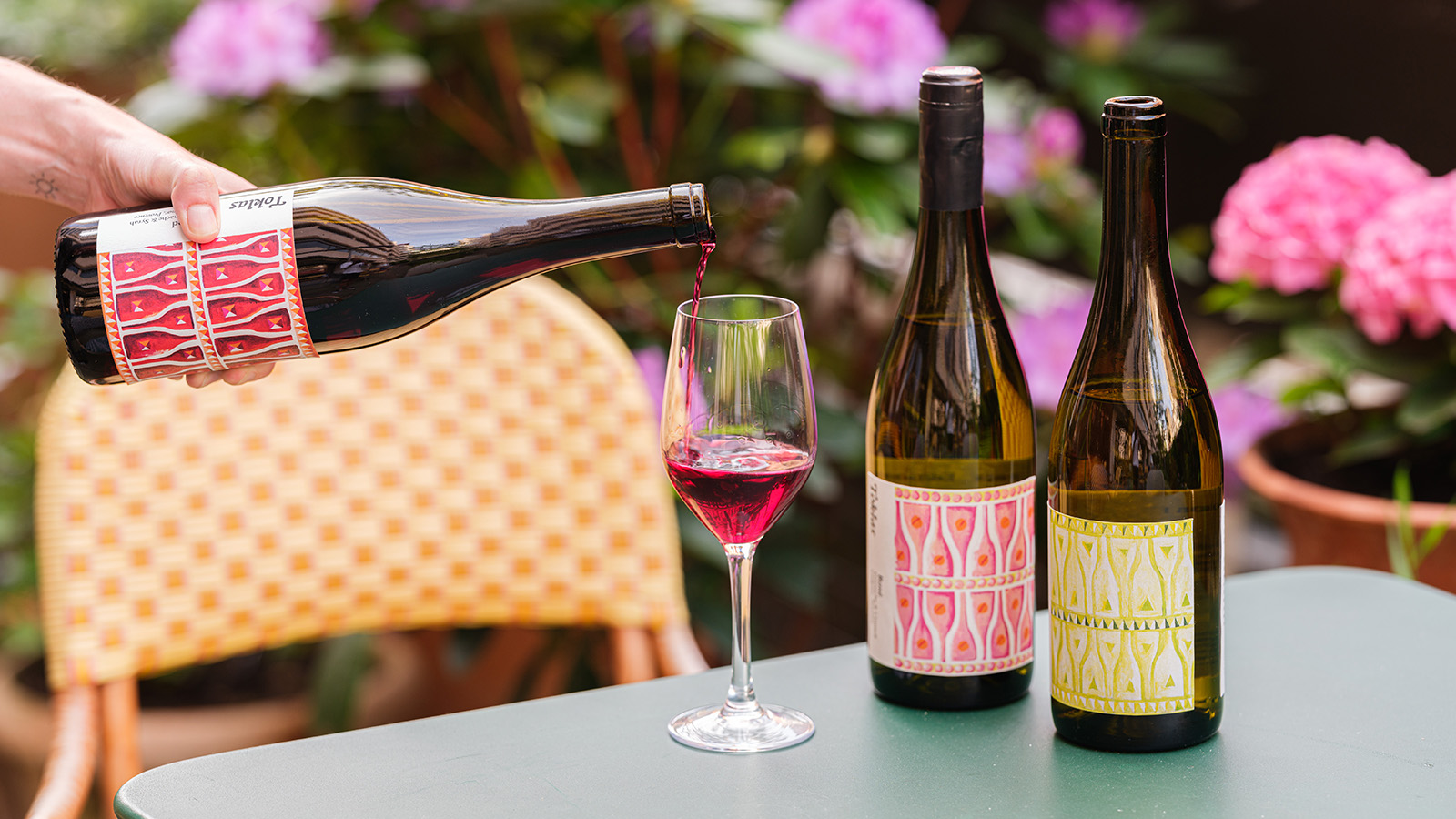 Toklas’ own-label wine is a synergy of art, taste and ‘elevated simplicity’
Toklas’ own-label wine is a synergy of art, taste and ‘elevated simplicity’Toklas, a London restaurant and bakery, have added another string to its bow ( and menu) with a trio of cuvées with limited-edition designs
-
 Château Galoupet is teaching the world how to drink more responsibly
Château Galoupet is teaching the world how to drink more responsiblyFrom reviving an endangered Provençal ecosystem to revisiting wine packaging, Château Galoupet aims to transform winemaking from terroir to bottle
-
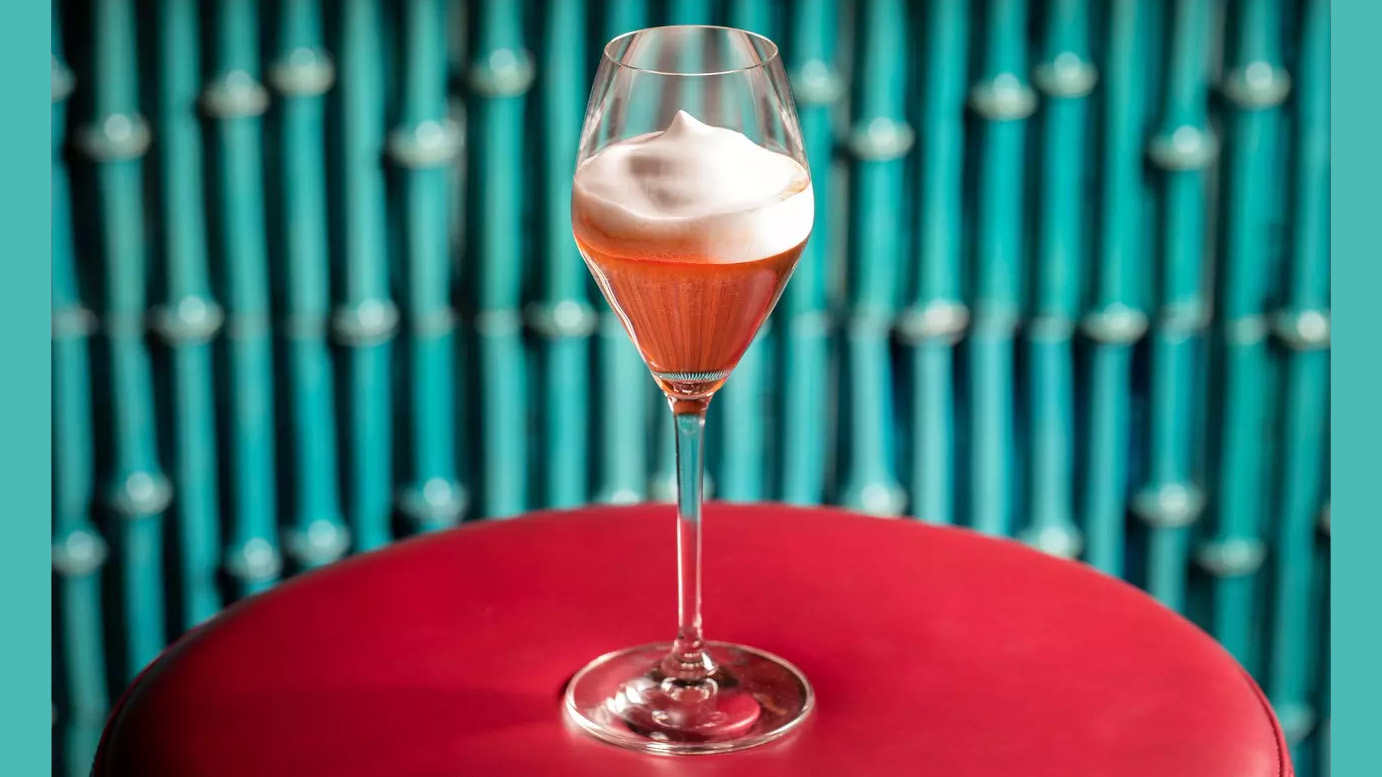 London’s most refreshing summer cocktail destinations
London’s most refreshing summer cocktail destinationsCool down in the sweltering city with a visit to London’s summer cocktail destinations
-
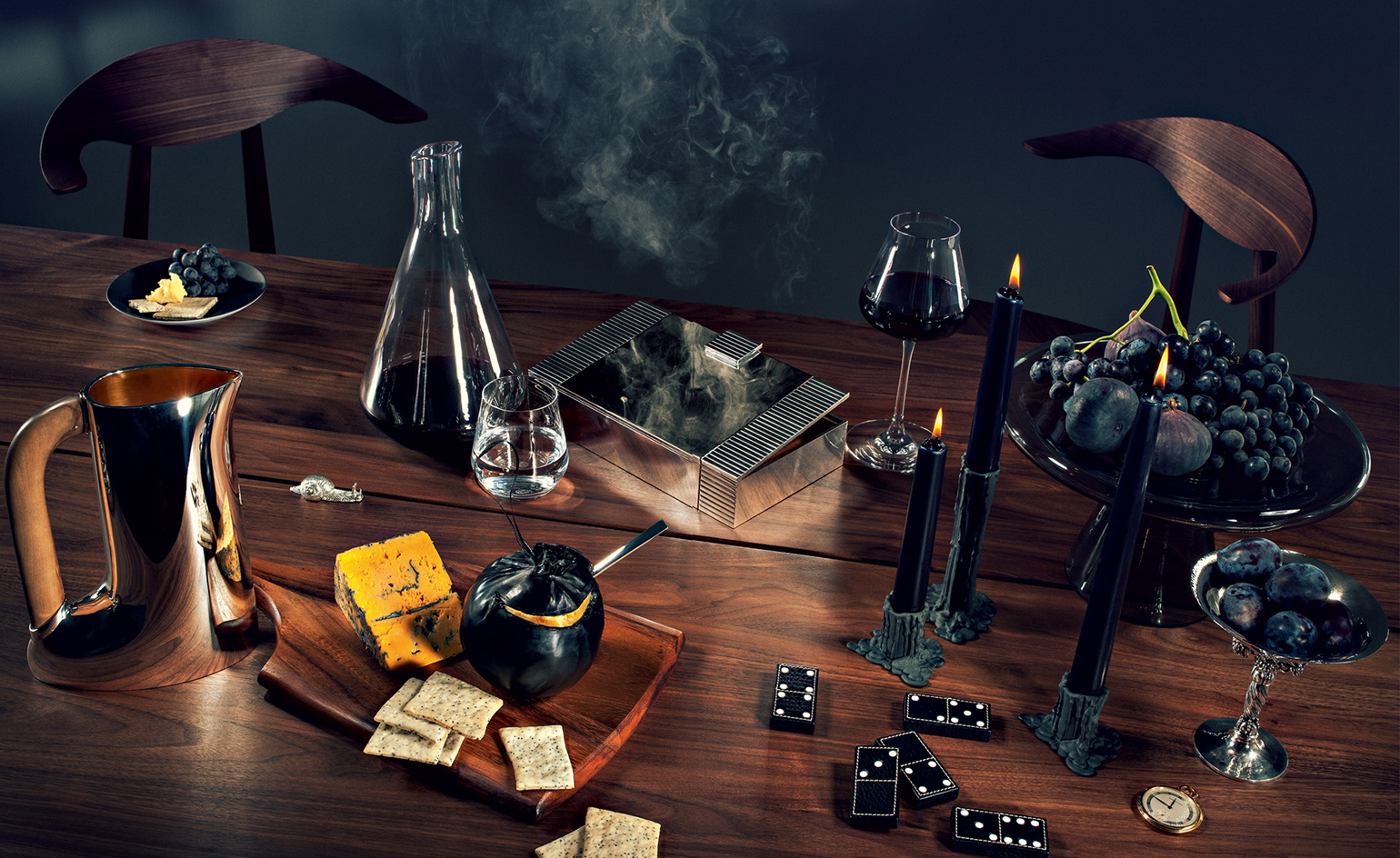 Learn how to curate a simple cheese board with perfect port pairings
Learn how to curate a simple cheese board with perfect port pairingsThe experts at artisan cheesemonger Paxton & Whitfield share tips for curating a simple but sophisticated cheese board, with port and cheese pairings for every taste
-
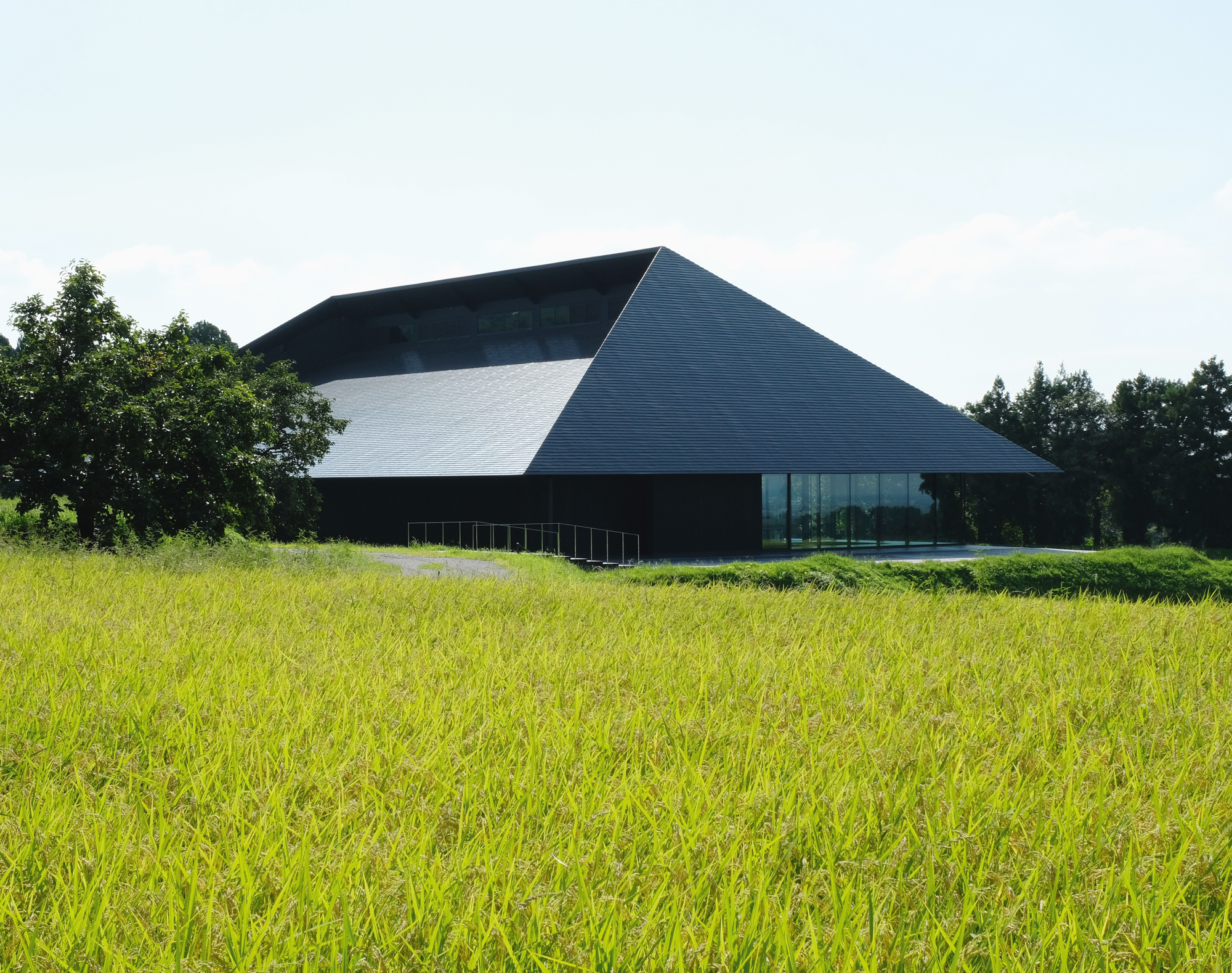 IWA sake brewery by Kengo Kuma is Best Roofscape: Wallpaper* Design Awards 2022
IWA sake brewery by Kengo Kuma is Best Roofscape: Wallpaper* Design Awards 2022IWA sake brewery in Japan, by Kengo Kuma & Associates, scoops Best Roofscape at the Wallpaper* Design Awards 2022
-
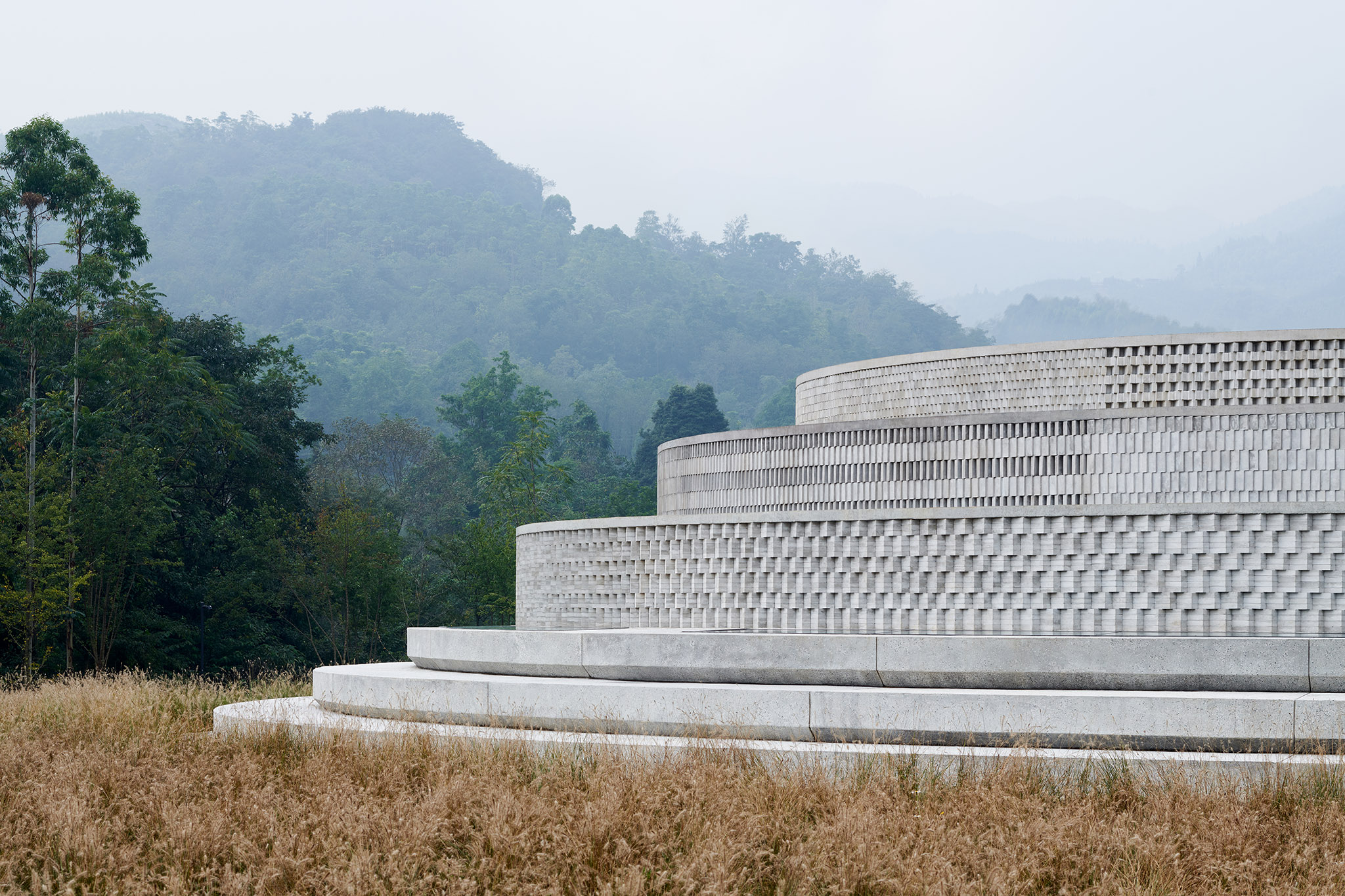 The Chuan Malt Whisky Distillery by Neri & Hu offers a twist on Chinese tradition
The Chuan Malt Whisky Distillery by Neri & Hu offers a twist on Chinese traditionNeri & Hu designs headquarters for The Chuan Malt Whisky Distillery in China's Sichuan province